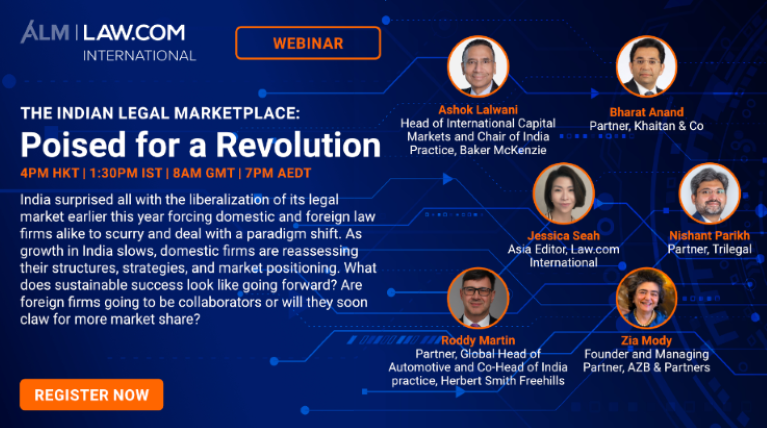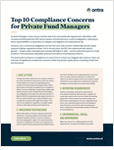Leaks to the press abetted by employees and other insiders have proved extremely embarrassing and detrimental to many commercial and government organisations. Last month, the former chairwoman of Hewlett Packard, Patricia Dunn, was charged in California over alleged wrongdoing in the investigation of boardroom press leaks.
Press leaks can originate at the highest levels. There are many motives to leak information to the press, some of which could be considered noble, others not so. Reasons for leaks can range from ‘whistleblowing’ (aimed at disseminating confidential information that the informant considers to be in the public interest), the disclosure of fraud, corruption or malpractice, through to attempts to extort, embarrass or aggravate the victim.







